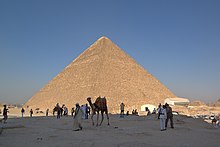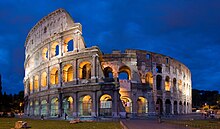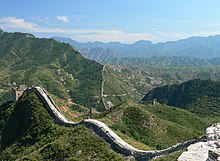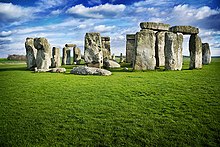Seven Wonders of the Ancient World
Various lists of the Wonders of the World have been
compiled from antiquity to the present day, to catalogue the world's most
spectacular natural wonders and manmade structures.
The Seven Wonders of the Ancient World is
the first known list of the most remarkable creations of classical antiquity; it was based on guidebooks
popular among Hellenic sightseers and only includes works located around
the Mediterranean rim. The number seven was
chosen because the Greeks believed it represented perfection and plenty, and
because it was the number of the five planets known anciently, plus the sun and
moon. Many similar lists have been made
The classic seven wonders were:

The Colosseum in Rome

The Great Wall of China

Hagia Sophia

Stonehenge

American Society of Civil Engineers
In 1994, the American Society of Civil Engineerscompiled a list of Seven Wonders of the Modern World, paying tribute to the "greatest civil engineering achievements of the 20th century"
| Wonder | Date started | Date finished | Location |
|---|---|---|---|
| Channel Tunnel | December 1, 1987 | May 6, 1994 | Strait of Dover, between the United Kingdom and France |
| CN Tower | February 6, 1973 | June 26, 1976, tallest freestanding structure in the world 1976–2007. | Toronto, Ontario, Canada |
| Empire State Building | January 22, 1930 | May 1, 1931, Tallest structure in the world 1931–1967. First building with 100+ stories. | New York,NY, U.S. |
| Golden Gate Bridge | January 5, 1933 | May 27, 1937 | Golden Gate Strait, north of San Francisco, California, U.S. |
| Itaipu Dam | January 1970 | May 5, 1984 | Paraná River, betweenBrazil andParaguay |
| Delta Works/Zuiderzee Works | 1920 | May 10, 1997 | Netherlands |
| Panama Canal | January 1, 1880 | January 7, 1914 | Isthmus of Panama |
No comments:
Post a Comment